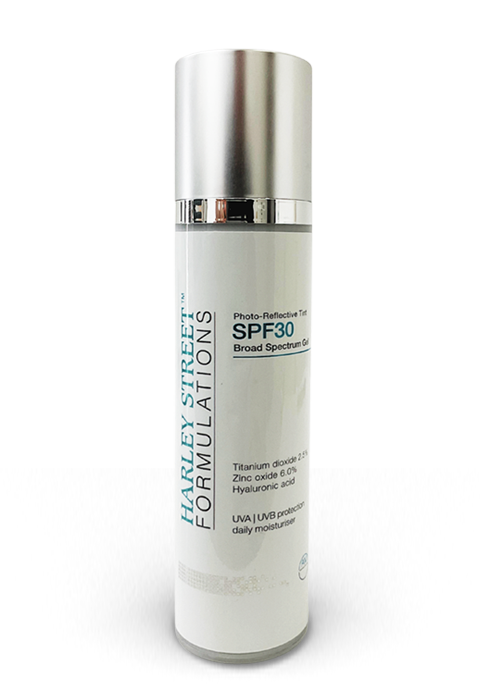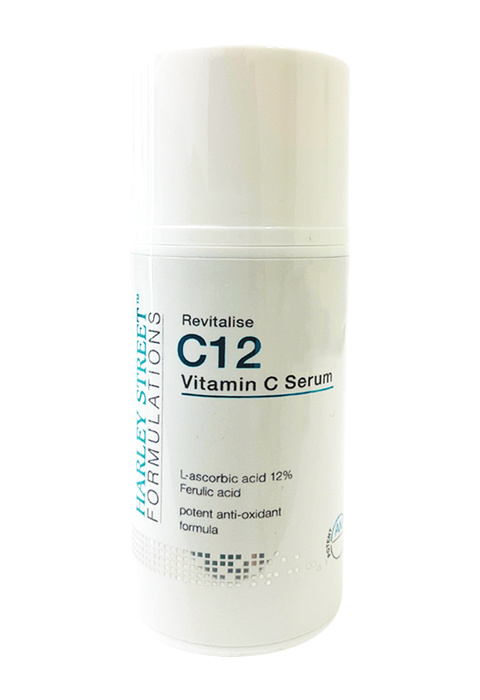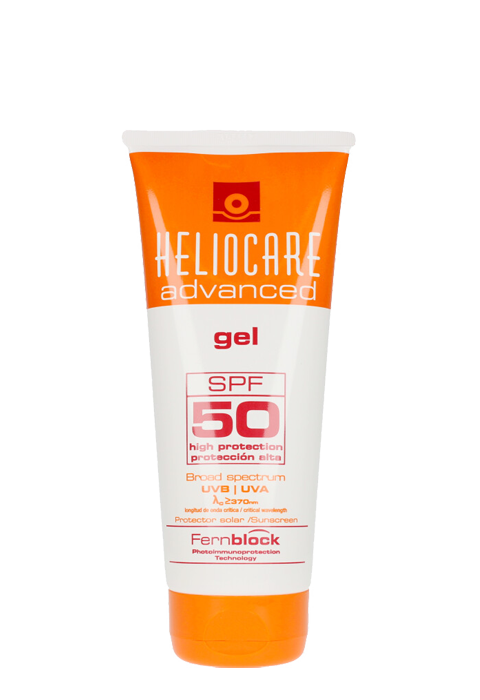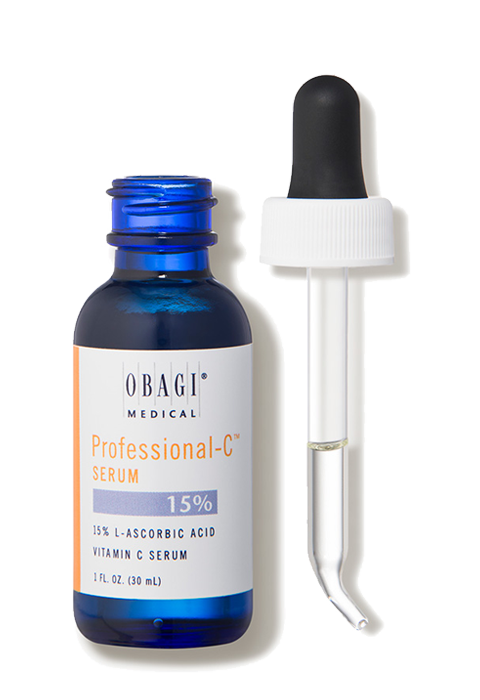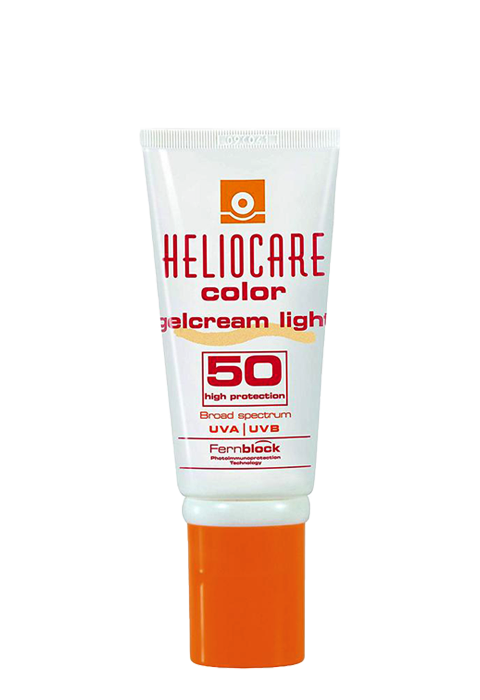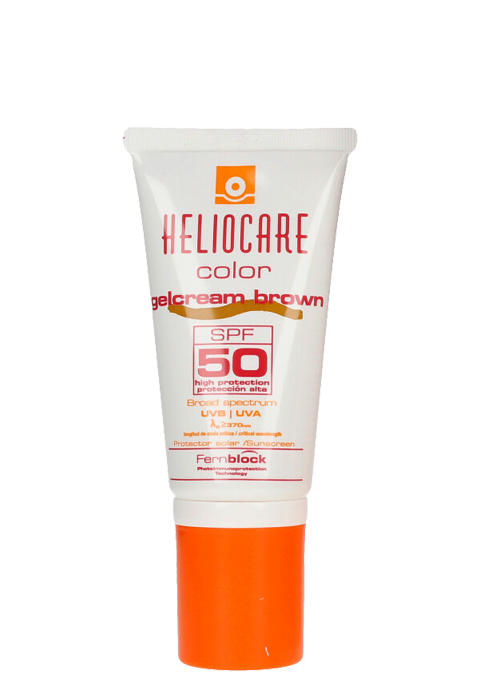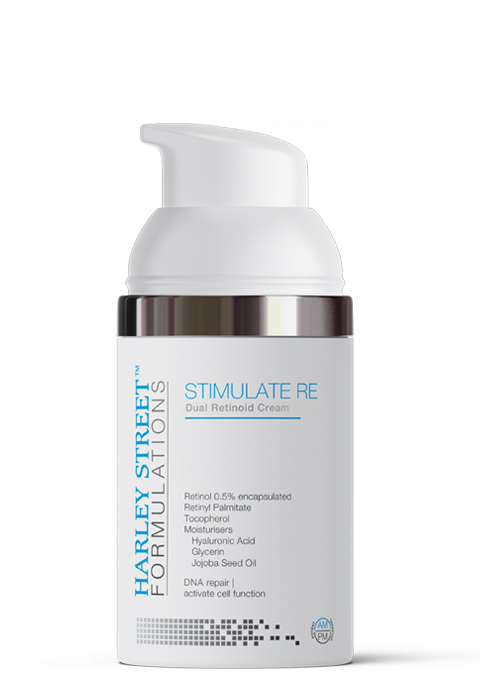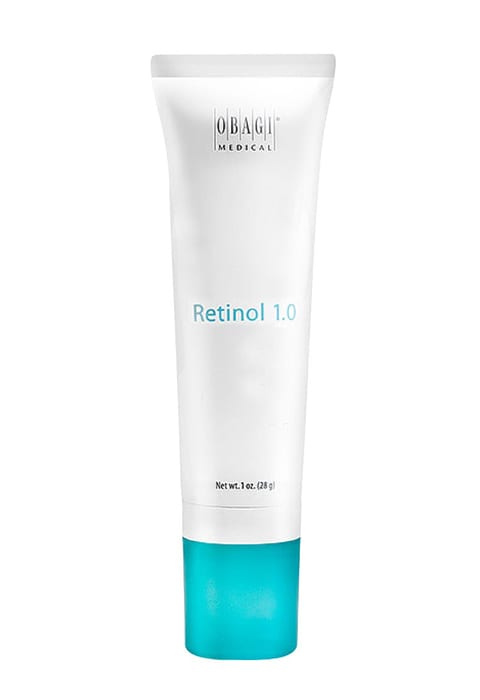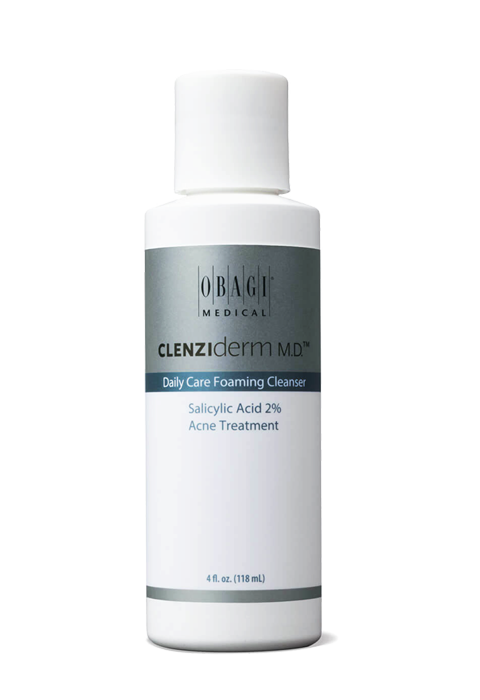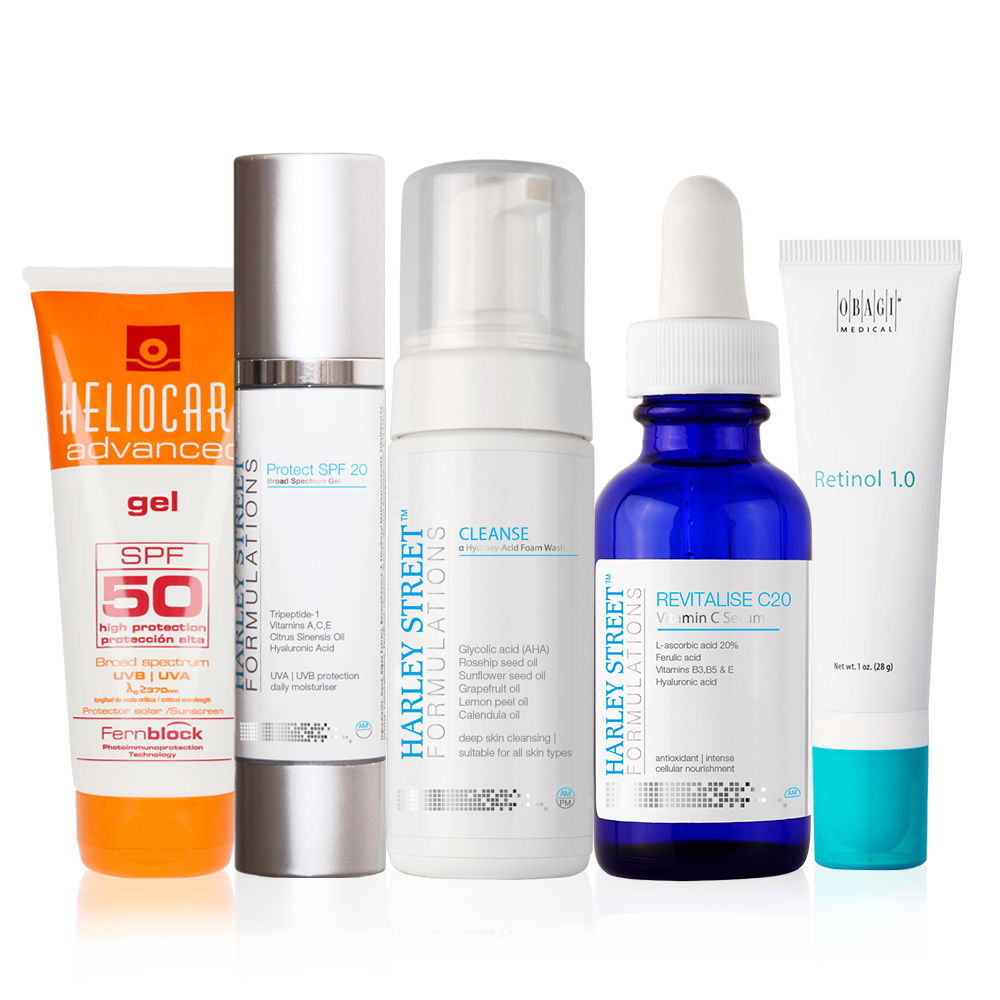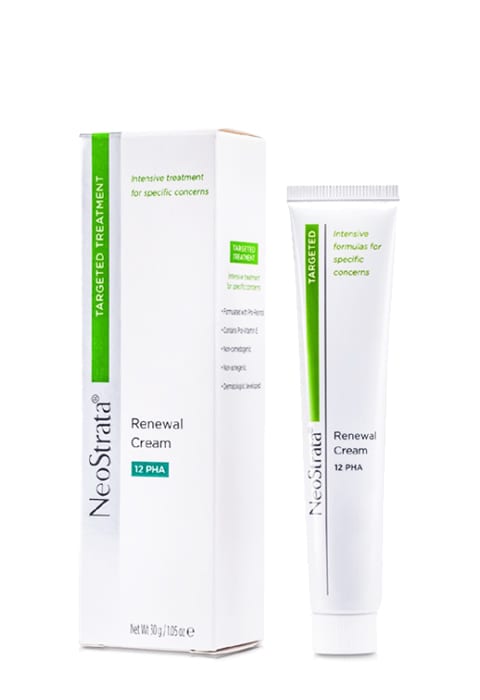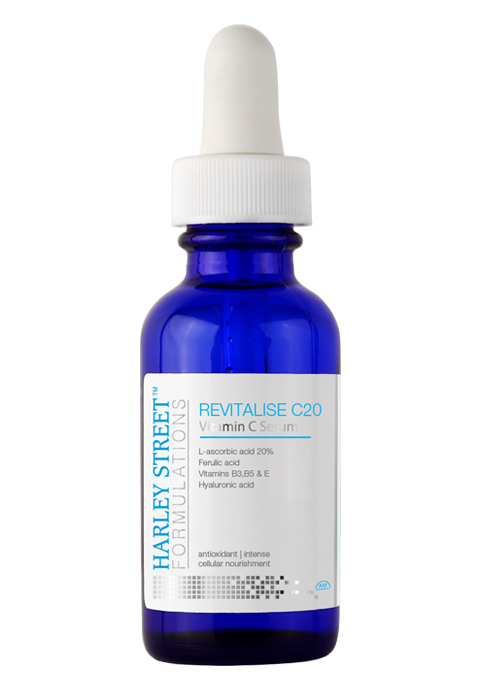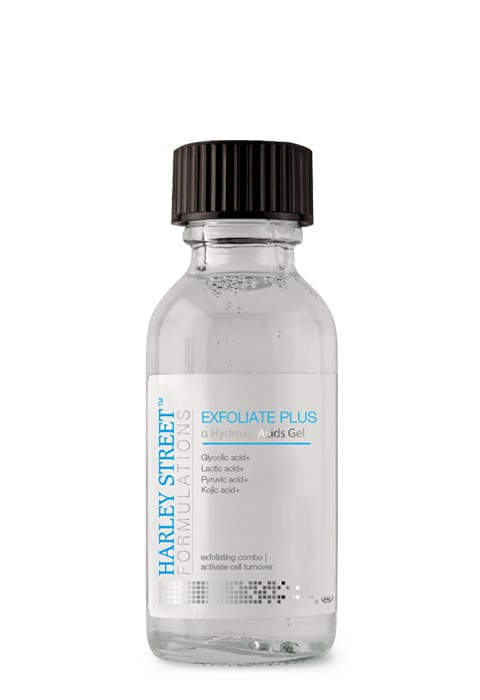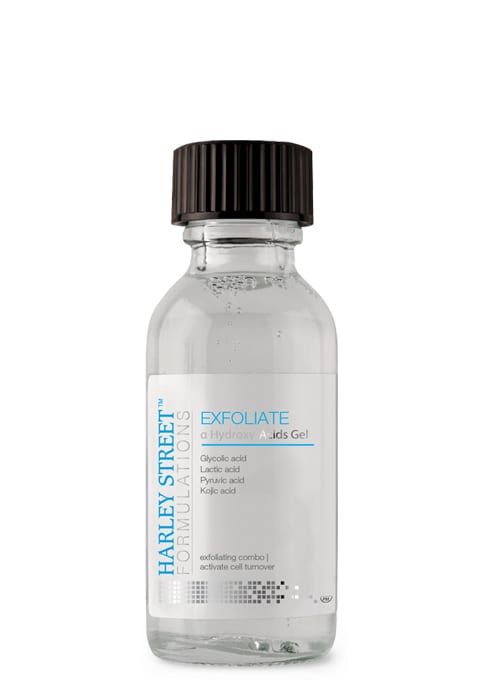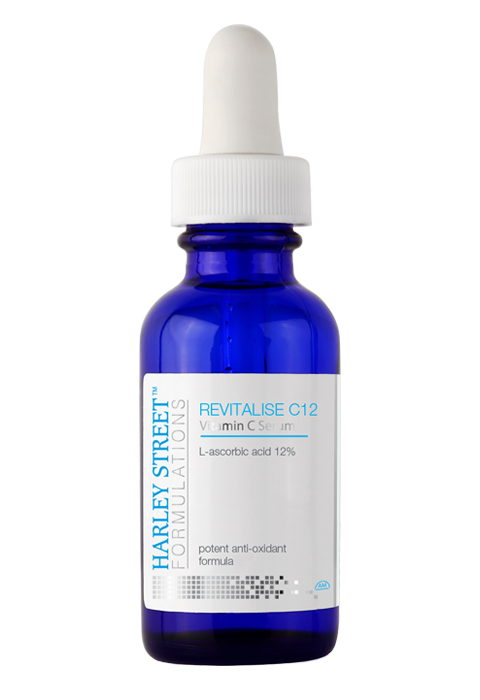Specific Types of Hyperpigmentation
Melasma
This type of pigmentation is also called chloasma. The spotsit causes look similar to age spots but are larger and are mostly due to hormonal changes. They mostly appear during pregnancy when the hormones related to pregnancy trigger the overproduction of melanin.
The use of hormonal contraceptive pills and other forms of contraception involving hormones can also trigger this disorder. Stopping the use of these hormones can help to restore a balanced production of melanin.
Chloasma hyperpigmented skin patches usually occur on the face and abdomen, but other areas can also be affected. The problem can resolve itself after pregnancy.
Patterns of melasma:
- Centrofacial: on the forehead, cheeks, nose and upper lips
- Malar: cheeks and nose
- Mandibular: jawline
- Reddened: inflamed forms (erythrosis pigmentosa faciei)
- Brachial: affects the shoulders and upper arms (brachial cutaneous dyschromatosis)
Age spots
These occur with advancing age. Although they mostly affect the face and the back of the hands, these spots can also appear on any other part of the body regularly exposed to the sun. Other names for this condition are lentigines, liver spots (even though they have nothing to do with any liver disorder) lentigos and sunspots. They are mainly seen in older people, but can also occur in younger people who have been exposed to the sun a lot. The term senile lentigines and solar lentigines are used to differentiate between the age and sun-induced spots.
Age spots can also occur as a result of lipofuscin. This is a condition that occurs slowly over a long period. Metabolic debris that cannot be completely eliminated by the cells ends up being deposited on the skin where it appears as age spots.
Age spots are:
- Well-defined
- Flat
- Brown or black in colour
If spots that appear to be lentigines appear in an unlikely place on the body, a biopsy should be taken for histological testing to rule out skin cancer. Some people are genetically predisposed to age spots.
Common treatment measures include hydroquinone, retinoid cream, laser and cryotherapy. The use of sunscreen can help with prevention.
Post-inflammatory hyperpigmentation (PIH)
This type of skin hyperpigmentation can follow any type of inflammation due to a skin injury, including insect bites or stings. The common causes include:
- Acne
- Some types of chemical or mechanical cosmetic procedures
- Repeated skin irritation
- Burns
- Some skin infections, such as the herpes rash
This problem is more prevalent in dark-skinned people, as they are more likely to suffer from hyperpigmentation issues induced by cosmetic procedures. The skin colour changes may be pinkish, reddish, brownish or black, and they are flat on the skin.
PIH treatment can include chemical peels or red or blue light therapy.
Freckles
These are small tanned areas of the skin that do not rise above the skin’s surface. They occur on sun-exposed areas and are more commonly seen in people with a light skin complexion. They can affect people of all ages, including children as young as one. The most common presenting hyperpigmentation colours include:
- Black
- Yellowish
- Reddish
- Brownish
Freckles tend to diminish during the winter months, but this doesn’t happen with age spots, which can be mistaken for freckles.
Freckles occur when there is an increase in the amount of melanin produced, but not in the melanin-producing cells called melanocytes.
Types of freckles
Simple freckles are small, about the size of an ordinary nail-head, and are roundish and tan coloured.
Sunburn freckles are darker with irregularly jagged edges and are usually larger.
Freckles that occur mostly during the summer are called ephelides. They are mostly hereditary and affect people with other genetic traits, such as red hair and green eyes. There is ongoing research to find out the relationship between freckles and other, more serious skin conditions that also appear to have a genetic predisposition.
Freckles are harmless and only cause cosmetic concerns for some people. They must, however, be differentiated from serious skin conditions that include:
- Malignant freckles – a superficial type of skin cancer commonly seen in older people who have been exposed to the sun for many years
- Melanoma –a serious and dangerous type of skin cancer
- Basal cell carcinoma – a common type of cancer
If you have doubts about freckles on any part of your body, always consult a skin specialist as a simple office procedure called a skin biopsy will settle the question.
Minimising exposure to the sun and the use of an appropriate sunscreen are two ways to prevent freckles. Treatment may include:
- Bleaching or skin-brightening agents
- Retinoids
- Cryosurgery
- Photofacials
- Chemical peels
Skin moles
These are usually brownish, reddish or black. They can be raised above the level of the skin or they can be flat. Some moles have hair in them, while others do not. Moles usually occur singly. Every mole must be investigated carefully by a skin specialist because they can be cancerous or may progress from a benign form to a cancerous type. The hairs found on moles are better left in place because removing them may trigger an inflammatory process that could lead to further hyperpigmentation or changes within the mole and its shape.
The American Cancer Society recommends an elaborate way of establishing the type of mole you have. The aim is to spot or rule out skin cancer as early as possible. Learn more about the ABCDE of moles and melanomas here.
Mole treatment can include, excision, freezing or laser therapy.
Accurate identification of the type of hyperpigmentation a person means you will receive the right treatment from the beginning, which helps to achieve better cosmetic results.
References
- Bastiaens, Maarten, et al. ‘The Melanocortin-1-Receptor Gene Is the Major Freckle Gene.’ Human Molecular Genetics 10.16 (2001): 1701-1708.
- Green, A. C., Wallingford, S. C., & McBride, P. (2011). ‘Childhood exposure to ultraviolet radiation and harmful skin effects: Epidemiological evidence.’ Progress in Biophysics and Molecular Biology, 107(3), 349-355. DOI: 10.1016/j.pbiomolbio.2011.08.010
- ‘Melasma: A comprehensive update’. Sheth, Vaneeta M. et al. Journal of the American Academy of Dermatology, Volume 65, Issue 4, 689 – 697.
Other resources and further reading
- American College of Osteopathic Dermatology
- American College of Dermatology
- Medlineplus
- MerckManual
- TheInternationalDermalInstitute
- DermaNetNewZealand













